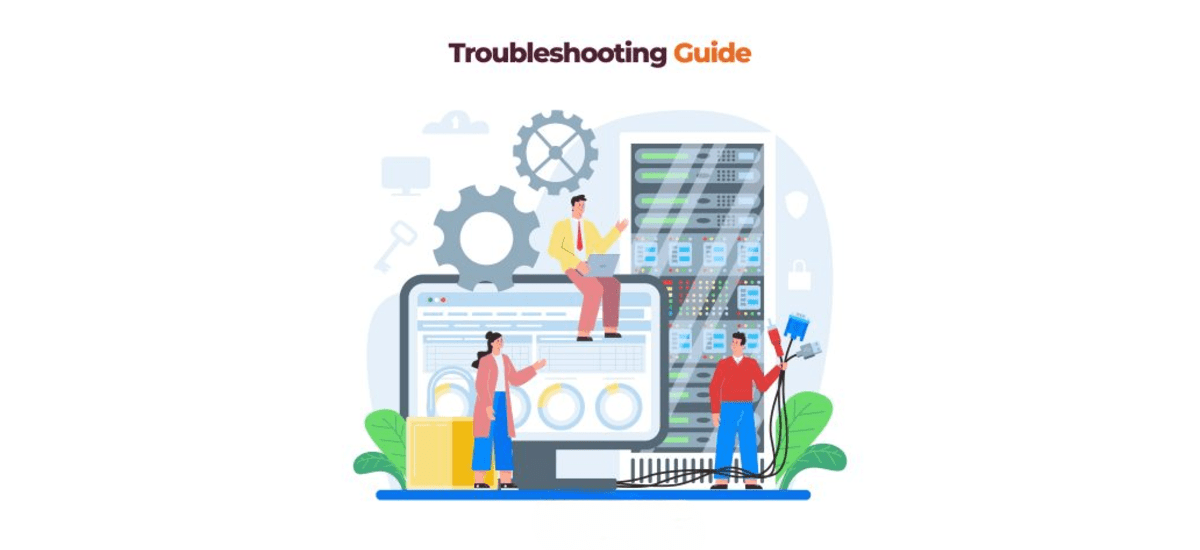In the world of software development, mastering troubleshooting skills is essential. Whether you’re new to the field or a seasoned developer, the ability to quickly diagnose and resolve issues is key to maintaining efficiency and meeting deadlines. Here’s a comprehensive guide on how to become adept at troubleshooting, ensuring you can deliver solutions swiftly and effectively every time.
- Understand the Problem: The first step in effective troubleshooting is to fully understand the nature of the issue. Listen carefully to user reports or error messages, and try to replicate the problem if possible. This initial understanding lays the foundation for efficient problem-solving.
- Research and Gather Information: Use all available resources to gather relevant information about the issue. Check documentation, forums, and knowledge bases related to the software or technology. Often, others have encountered similar problems and shared their solutions.
- Formulate a Hypothesis: Based on your understanding and research, develop a hypothesis about what might be causing the problem. This hypothesis serves as your starting point for further investigation.
- Test and Validate: Once you have a hypothesis, rigorously test it. This may involve debugging code, using diagnostic tools, or conducting controlled experiments to isolate the root cause. Validate each step to confirm whether it contributes to solving the issue.
- Narrow Down the Scope: As you progress, narrow down the possible causes of the problem. This process of elimination helps focus your efforts on the most likely sources of the issue, saving time and effort.
- Implement a Solution: Once you’ve identified the root cause, devise a solution. Depending on the complexity of the problem, this could range from a simple configuration change to a more involved code revision. Ensure your solution effectively addresses the underlying issue.
- Test the Solution: Before concluding, thoroughly test your solution to verify its effectiveness. Look out for any unintended side effects or regressions introduced during the troubleshooting process.
- Document Your Findings: Document the entire troubleshooting process, including the problem description, steps taken, and the final solution implemented. This documentation serves as a valuable resource for future reference and for sharing knowledge within your team or community.
- Learn and Improve: Reflect on each troubleshooting experience to identify areas for improvement. Consider what worked well and what could have been done differently to enhance efficiency and effectiveness in future problem-solving endeavors.
- Communicate Effectively: Throughout the troubleshooting process, maintain clear and proactive communication with stakeholders—users, clients, and team members. Keep them informed of progress and ensure they understand the steps being taken to resolve the issue.
By following these steps, you can develop and refine your troubleshooting skills, becoming a more effective fast solutions developer. Remember, troubleshooting isn’t just about fixing problems—it’s about approaching challenges systematically to deliver optimal outcomes. Embrace each opportunity to troubleshoot as a chance to sharpen your skills and contribute to the success of your projects and team. Ready to enhance your troubleshooting skills? Sign up for a free trial today and kickstart your journey towards becoming a more agile and responsive developer.





